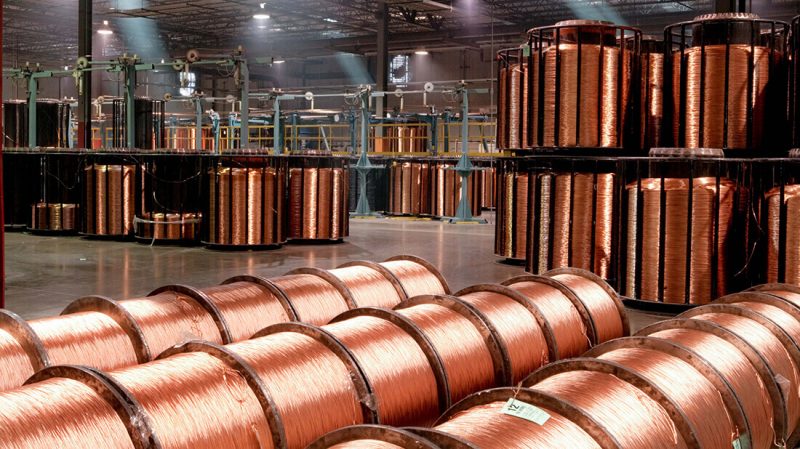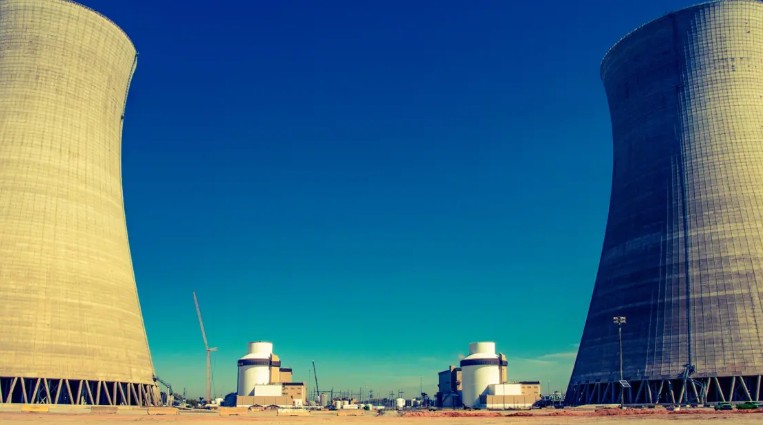
In a recent announcement, U.S. President Donald J. Trump revealed a new set of tariffs aimed at addressing trade imbalances. However, copper has been excluded from this list, making it one of the few commodities exempted from the wide-reaching tariffs that were announced on April 2. This exclusion has significant implications for the copper market, especially as copper prices have been rising in anticipation of the tariffs.
What Does This Exemption Mean for Copper?
The White House’s April 2 fact sheet highlighted that certain products would not be subject to these new tariffs, including copper, pharmaceuticals, semiconductors, and lumber articles. This decision is in line with the administration’s efforts to address the U.S.’s trade deficit, particularly with countries like China.
Copper, one of the key materials used in various industries, particularly electronics and manufacturing, had been a focal point in trade discussions. While the U.S. imports relatively small quantities of copper concentrates, it imports substantial amounts of refined copper, making it a critical commodity for U.S. industries.
Impact on Copper Prices
The announcement of the copper exemption sent ripples through the market. Prior to the announcement, copper prices had been climbing due to fears of the tariff imposition. However, upon hearing the news of the exemption, copper prices on the Comex market saw a sharp decline, falling by approximately 1.8% on April 2, and another 2.7% later that evening. This drop reflects the market’s reaction to the news that the anticipated tariffs would not apply to copper imports.
Reactions to the New Tariff Policies
While some sectors of the U.S. economy, such as the recycling industry, have voiced concerns about the new tariffs, others see the move as necessary to address the trade imbalance. The Recycled Materials Association (ReMA) expressed its support for fair trade policies but cautioned that the tariffs could disrupt U.S. manufacturing and recycling operations, which rely on international markets.
Despite the concerns, the administration argues that the tariffs are designed to protect U.S. sovereignty, reduce trade deficits, and strengthen national security. However, critics worry that the growing number of tariffs will increase supply chain costs, leading to inflationary pressures that could negatively affect consumers and businesses alike.
Conclusion
The exemption of copper from the latest round of tariffs has created significant market movements. While copper prices have decreased following the announcement, there remains uncertainty about the long-term effects of these tariff policies. As the U.S. seeks to address its trade imbalances, copper and other critical commodities will continue to play a pivotal role in shaping the future of U.S. trade and manufacturing.











Leave a Reply
You must be logged in to post a comment.